Part 1: Fine-tuning the Caisse d'Epargne motors
The Caisse d'Epargne team has had a very successful start to the season, with Luis Leon Sanchez and...
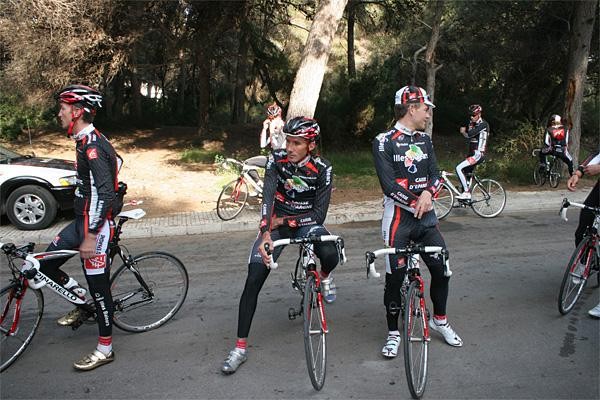
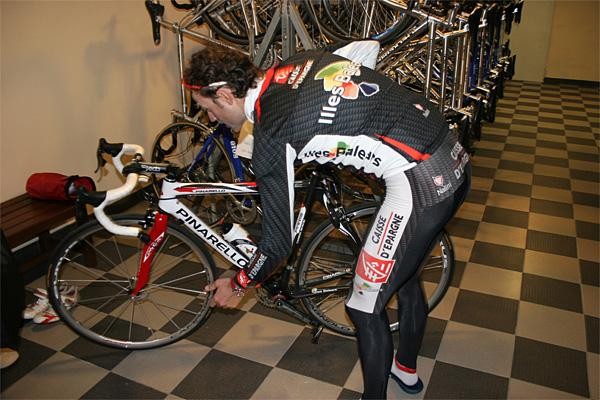
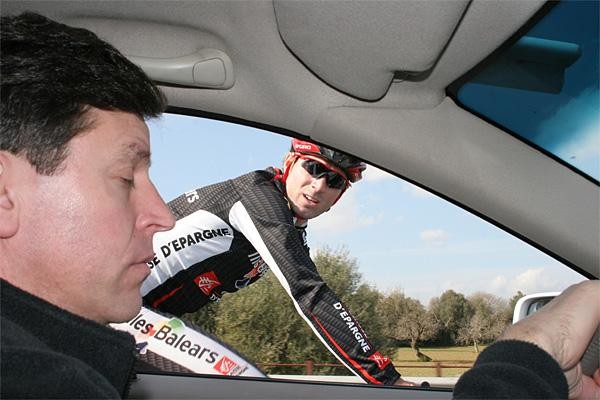
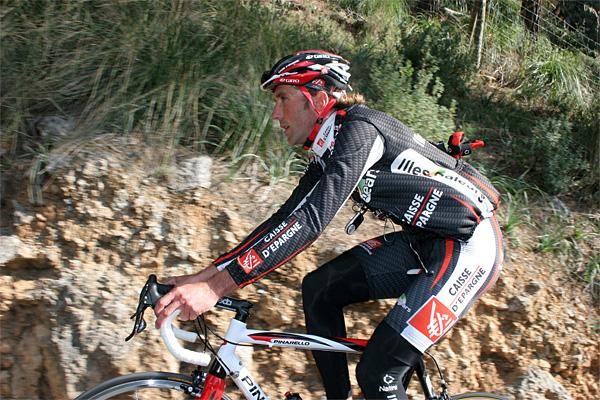
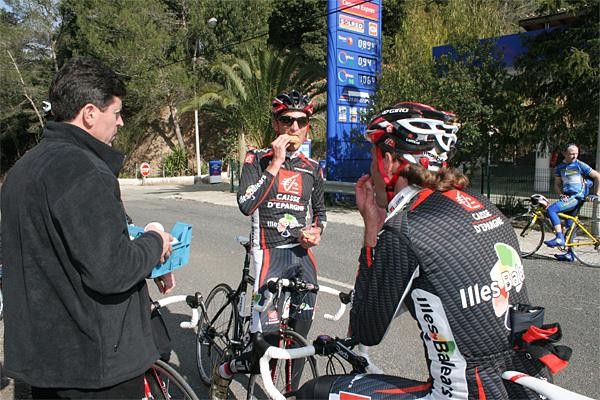
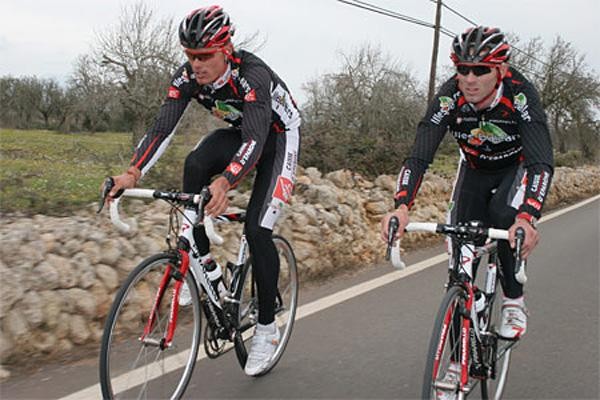
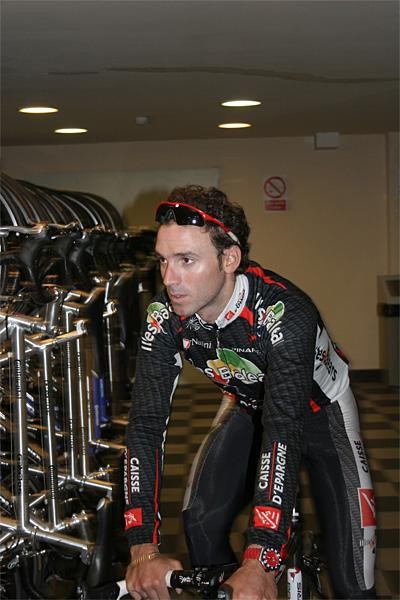

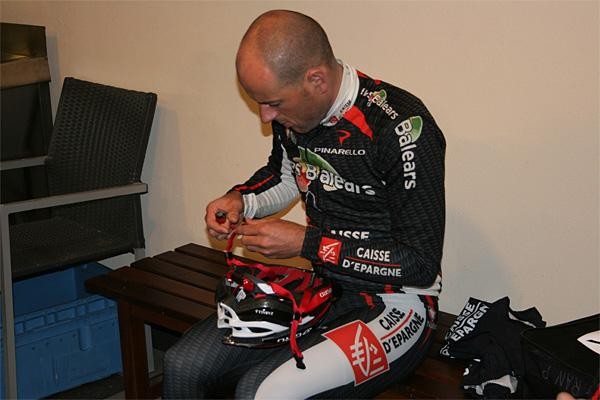
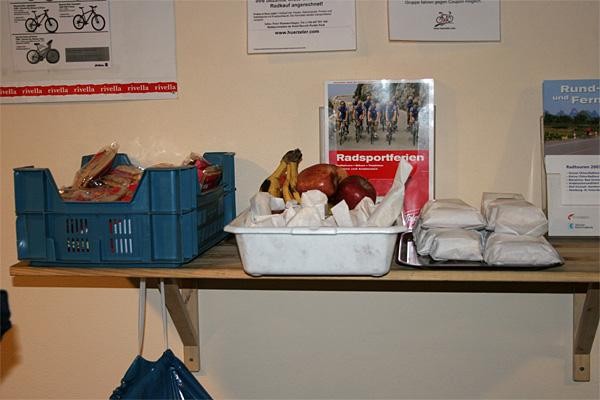
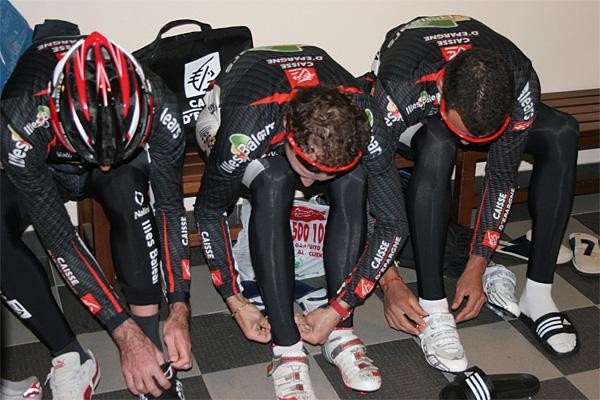
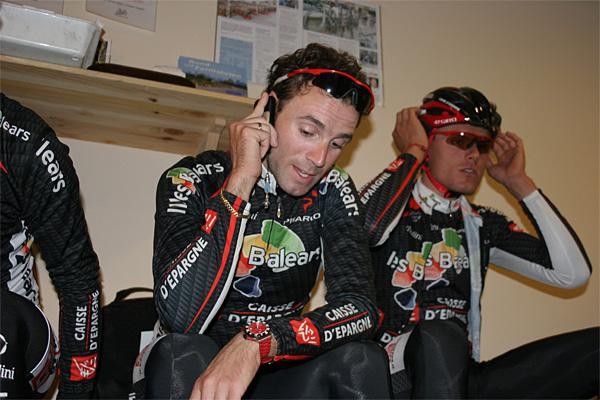
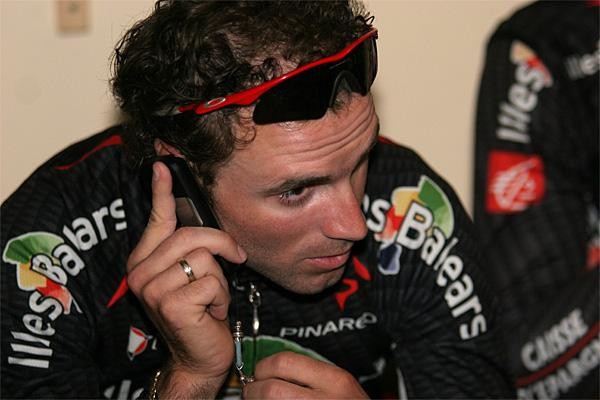


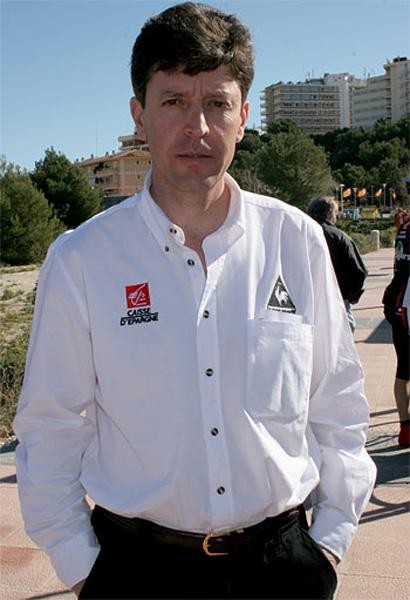
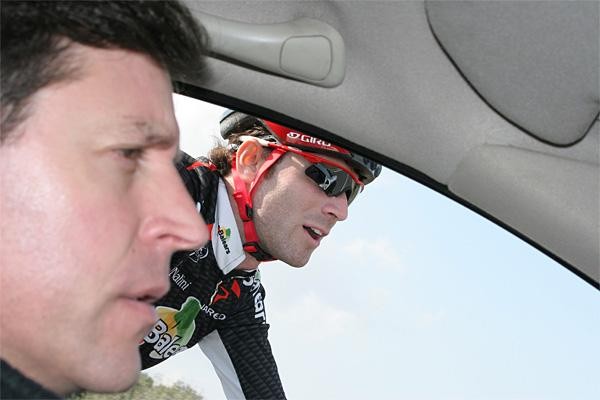

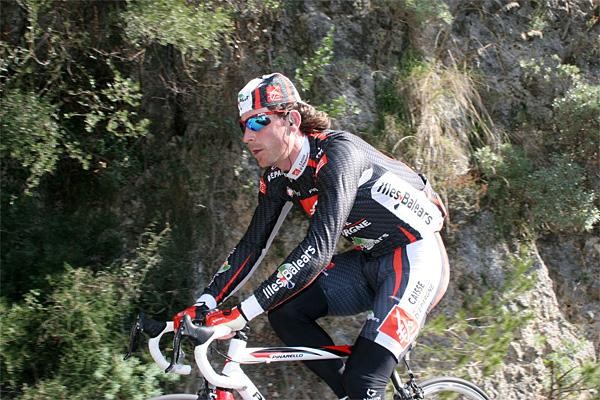


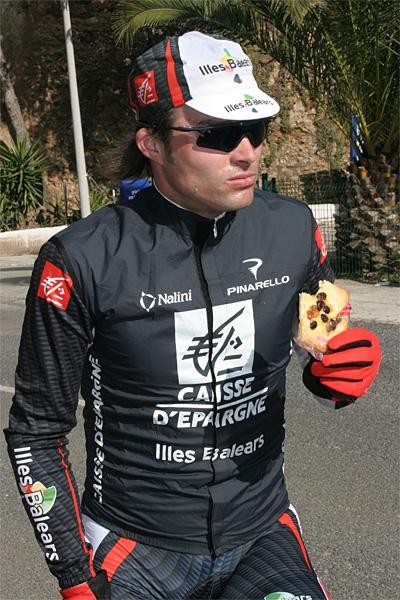
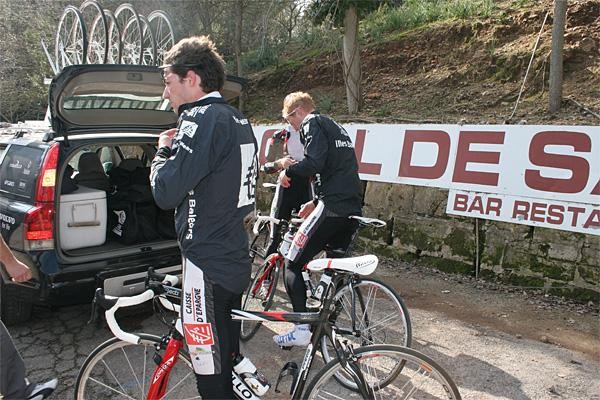
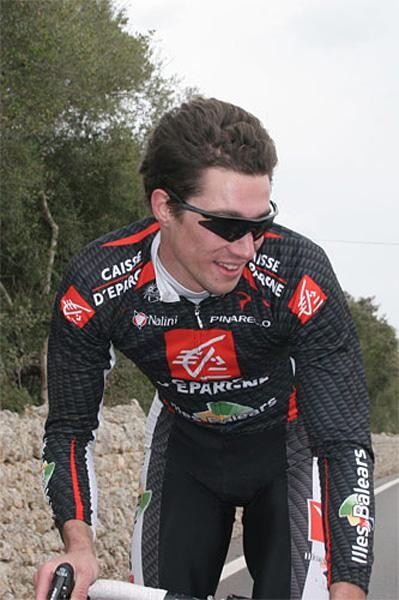
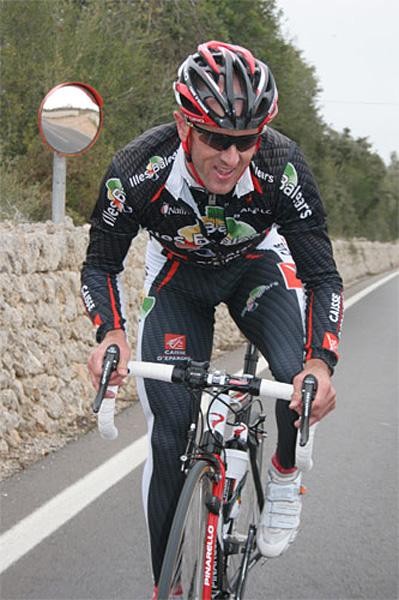

Tales from the peloton, March 8, 2007
The Caisse d'Epargne team gathered in Majorca for a final get-together before the start of the 2007 season. Cyclingnews' Shane Stokes hopped in the team car to observe their preparation in the run-up to the Challenge Volta a Mallorca race.
The Caisse d'Epargne team has had a very successful start to the season, with Luis Leon Sanchez and Iván Gutiérrez winning the overall classification in the Challenge Volta a Mallorca and Tour of the Mediterranean, respectively. In addition, Vicente Reynes won a stage in the Majorcan race and more recently, Alessandro Valverde took the overall in the Tour of Valencia.
While Valverde and Oscar Pereiro are the two big stars, the other results achieved thus far show that the team has more than two trump-cards.
The riders honed their condition prior to the start of the season in a training camp held in Majorca; Sanchez and Gutiérrez showed good form there, riding hard and giving their other team-mates a tough time. The opportunity to see the riders have their final tune-up before pinning on numbers for their season debuts was too good to miss, so Cyclingnews bundled into the team car to see and learn a little more about the Franco-Spanish squad.
The Caisse d'Epargne team has its roots in the Banesto line-up which won six Tours de France with Miguel Indurain and Pedro Delgado. After the Spanish bank reduced its backing, Illes Balears came in as the main sponsor in 2004 and was then itself gradually replaced by another bank, the French Caisse d'Epargne institution.
Last season was its most successful season since the days of Indurain, with Valverde winning the ProTour, Liège-Bastogne-Liège and Fleche Wallonne titles, finishing second in the Vuelta and third in the world championships. Additionally Pereiro took second in the Tour de France.
Get The Leadout Newsletter
The latest race content, interviews, features, reviews and expert buying guides, direct to your inbox!
Those kind of results ensured that the mood was optimistic when the riders set out for a training ride on Majorca in 15 degree conditions with clear skies.
Almost all of the riders set out on the spin, with an ill Oscar Pereiro sitting things out while a couple of others were scheduled for medical tests. Three cars would accompany the riders on the ride, providing support if the group decided to split up and do different training. José Luis Jaimerena was driving the team Volvo Cyclingnews was in and, despite some basico Spanish on CN's part, communication was fine with the chatty directeur sportif.
The car set out a few minutes after the riders left and passed quite a few groups of amateur riders pedalling along the Playa de Palma coastline as it caught up with the team's riders. "There is a lot of bike tourism here," said Jaimerena, a 46 year-old who previously worked with the amateur Banesto squad. "In fact, many hotels cater specially for them."
Indeed cycling is a valuable addition to the Majorcan economy, and the fact that many groups come in the spring and autumn helps to boost the tourist industry at what would otherwise be a quieter time in the season. The amateurs have the additional benefit that they can see the professionals at close quarters, even latching onto the back of the groups if their legs are strong enough. For the wanna-bes and the could-have-beens, that's a nice treat.
For the pros, there are benefits too. Apart from the bike-friendly weather and roads, pre-season training in Majorca allows the riders to get in some good kilometres prior to taking part in some or all of the Challenge Volta a Mallorca races. While there is an overall winner, the race is run as a set of five 1.1 ranked single day events, permitting the riders to ride anything between one and all of the tests. It's therefore possible to ease rusty legs back into competition - if ease is the right word - picking and choosing what to do, and training on the other days.
"It is a good system. The riders can do what they want…they can do all or some of the races. It works well that it is done like that here in Majorca, too…if we went to the Ruta del Sol or the Tour of the Med and they were run in the same way, we would have to bring all the riders. Here they can all come a bit earlier to train and then do some racing."
Pre-season eagerness:
The riders head south and then turn inland towards the town of Llucmajor. Even though this is training, they are doing 40 kilometres per hour, with one amateur clinging like a lycra-clad limpet onto the back of the group. He's doubtlessly feeling the pace more than those in the black and red team kit, wondering how long he can hang on before his legs give up the ghost.
Valverde is clearly eager, remaining on or near the front of the group as it bustles along. The bunch is temporarily split when part of it suddenly swings left off the main stretch onto a perpendicular road. A few are caught out and go straight, meaning they have to use the brakes and then nip across the road when the approaching cars have passed by.
"Cyclists are a bit special," Jaimerena says with a smile, shaking his head. We wait until it is clear and then he too follows, pushing the accelerator to catch up with the group.
Valverde is back on front, eager to keep the pace nippy. While things are not flat out, the pace is certainly faster than the endurance-building spins many of the riders will have done the month before. As the riders pass through corners, many of them rise out of the saddle and whip the pedals around in order to keep up. The friskier ones jump off the front for a few seconds, testing their legs with small accelerations.
"There is a bit of a battle going on," observes Jaimerena. "They will do this during the training ride, it's part of the fun." After a few kilometre of this, the paces settles down somewhat…in terms of erratic accelerations, that is, as the overall speed remains high.
At this point the group is on relatively narrow roads, of which there are many in the centre of the island. Jaimerena beeps to warn the riders when cars come up behind, giving them notice that they are about to be passed. It's a small thing, but helps improve the safety for the riders.
As the group continues on, a group of four amateurs have been overtaken and cling on to the back of the group. Their pedalling is much more laboured than that of the pros, providing a visual reminder of both the latter's superior fitness and their much better biomechanics. It's hard to know how much of this is natural and how much has been honed through countless hours training, but, either way, there is no mistaking that they are a breed apart.
Check Cyclingnews tomorrow for the final part of the Caisse d'Epargne training camp feature series.